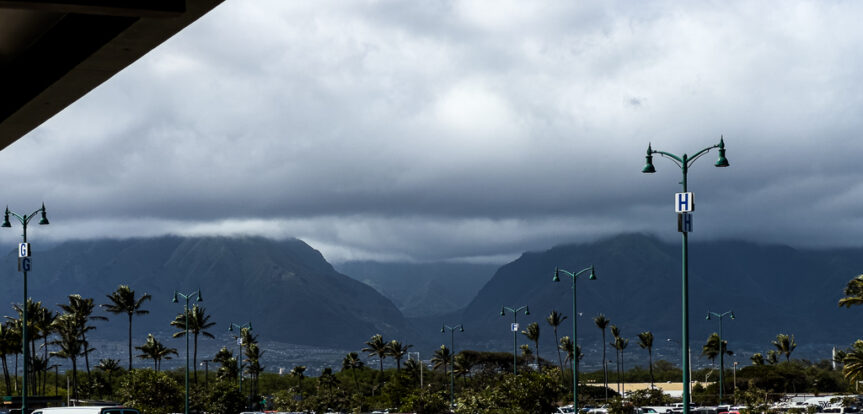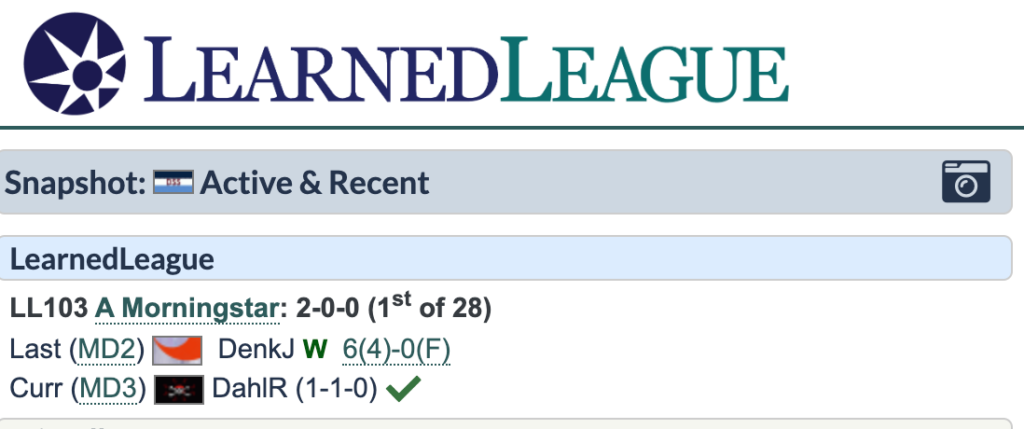We’re back on Maui for our nearly annual Hawaiian vacation. Black Friday was a terrific day to fly here – the airport wasn’t crowded, there were empty seats on the plane, and our bag was the very first one onto the carousel at baggage claim! And flying today instead of tomorrow saved us hundreds of dollars (even after accounting for the extra night on-island).
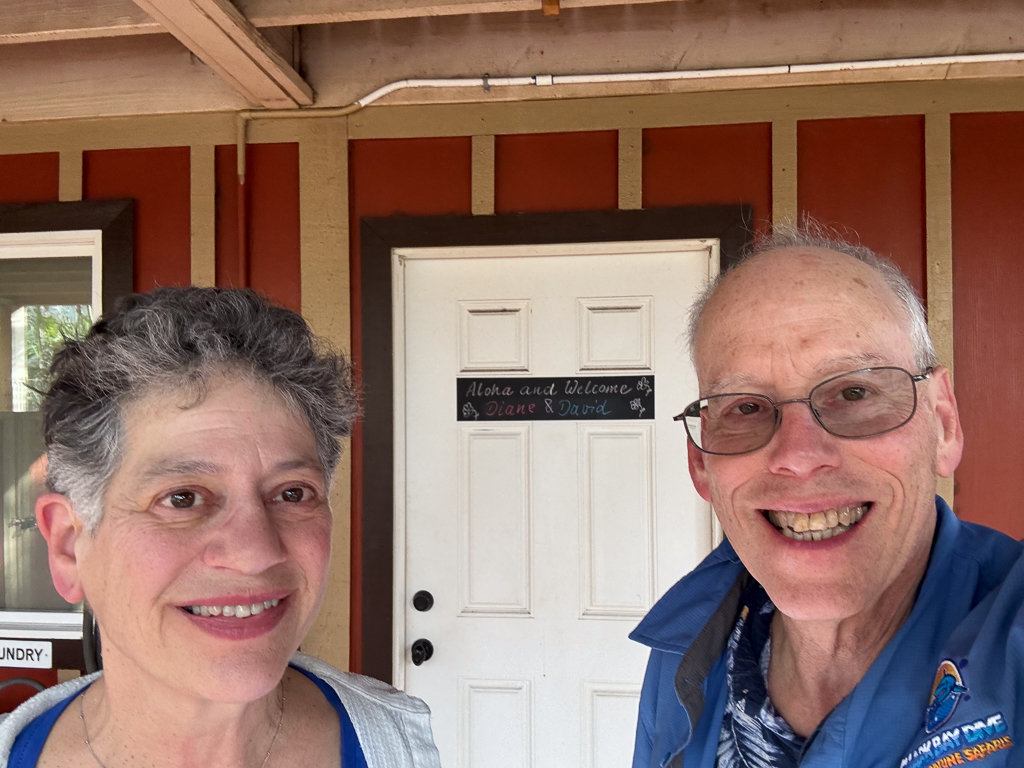
We’re spending our first night here in a lovely AirBnB in Kihei, Dancing Turtle’s Guest Suite. The owner, Maxi, messaged us this morning to let us know we could check in when we arrived rather than waiting until 3pm, which I appreciated. She gave us some restaurant suggestions while checking us in – we went to her top pick, Nalu’s South Shore Grill and had the chicken.
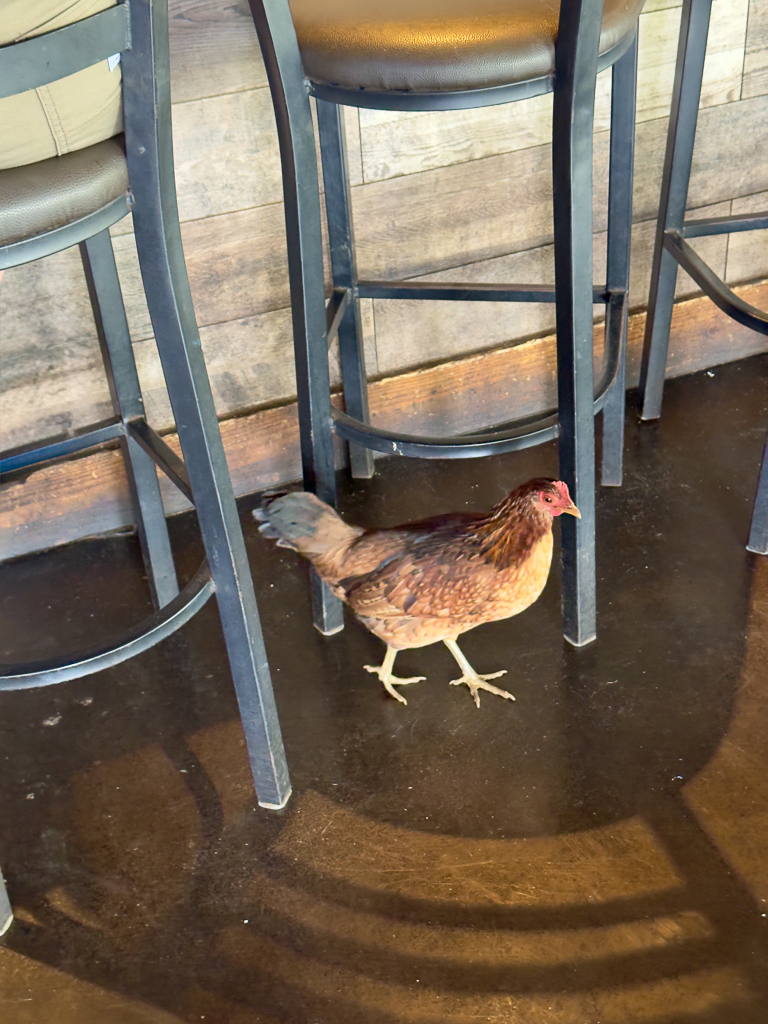
After lunch, we stopped at the Hawaiian Islands Humpback Whale National Marine Sanctuary Visitor Center; the center was closed, but we were able to wander around and enjoy the view of the Pacific and the informational signs.
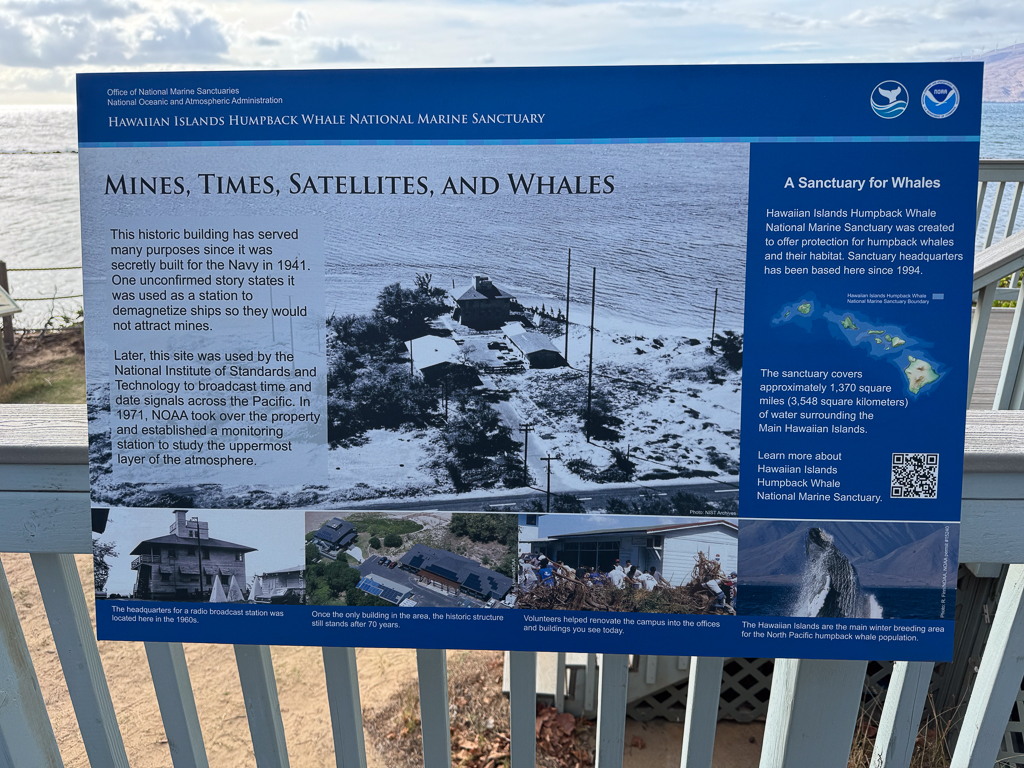
Later, we took a long walk along the beach; we had nowhere in particular to go and no objectives to fulfill. It was wonderful. I didn’t even bring a camera, but Diane did.
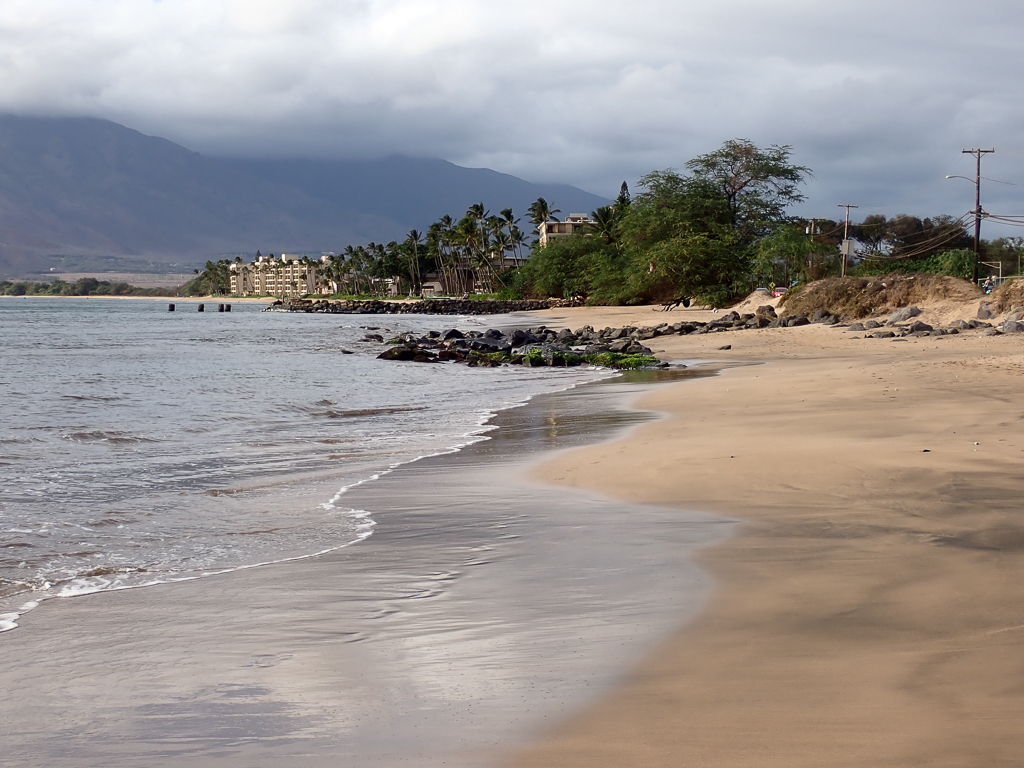
We had dinner at Coconuts Fish Cafe; the portions were generous and the fish was tasty, but the place was a bit lacking in atmosphere (and chickens).
Tomorrow, we head north to our timeshare in Kaanapali.
